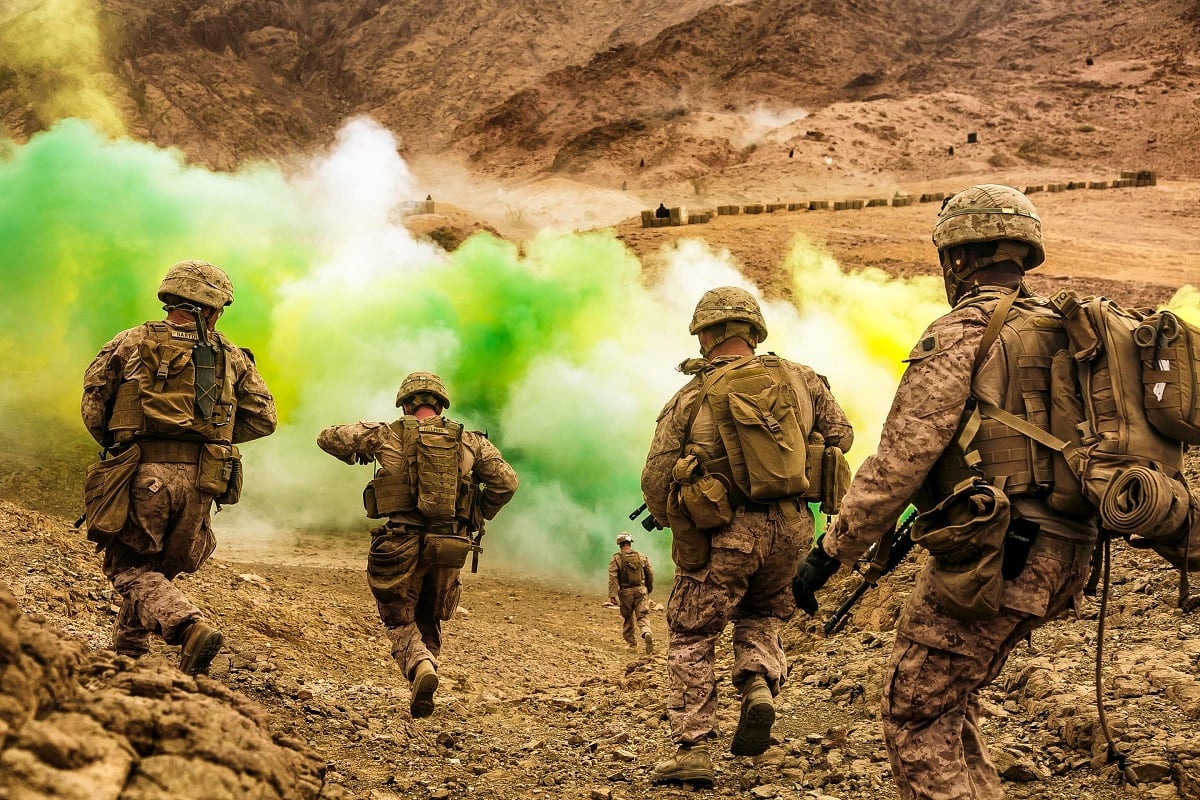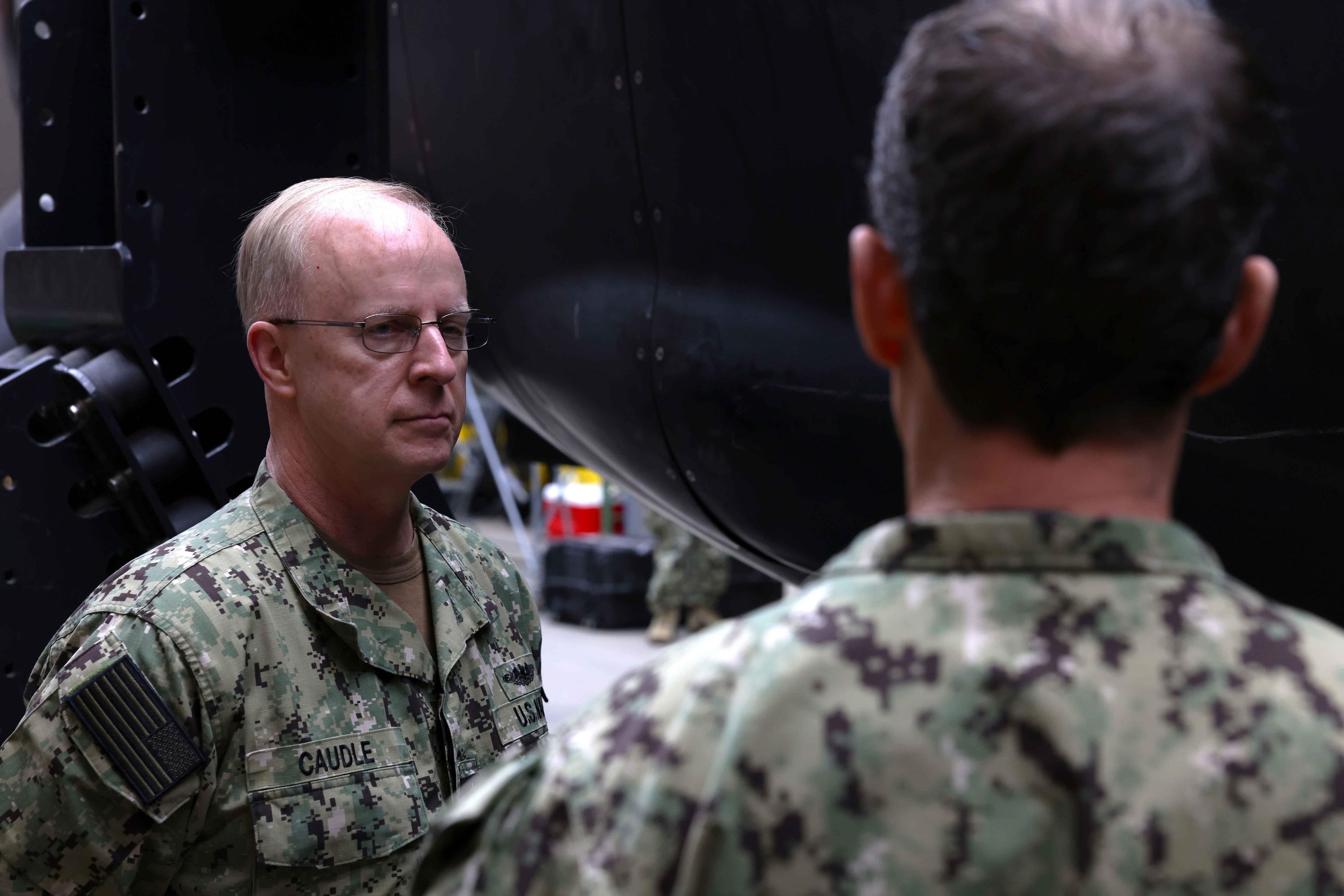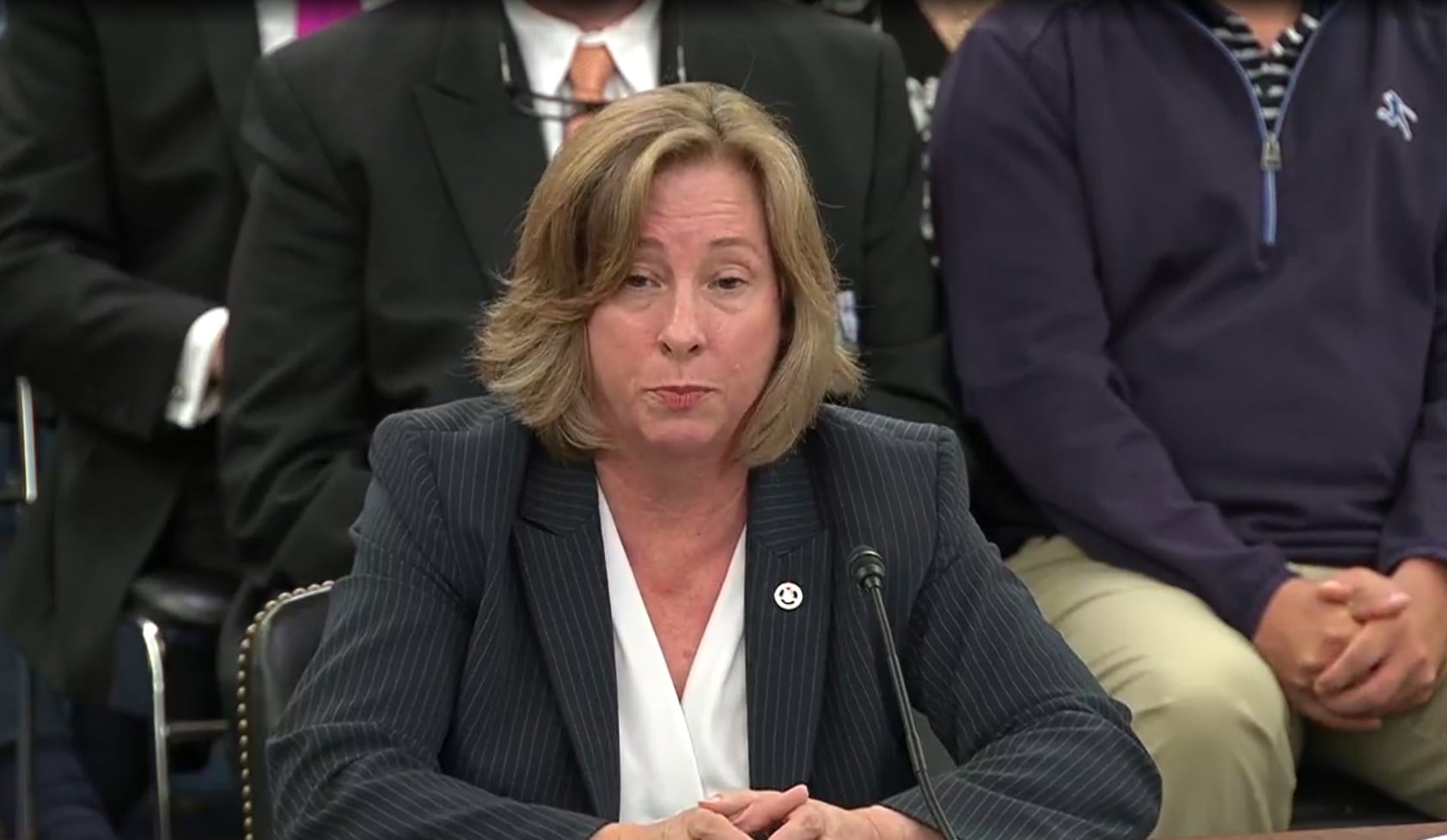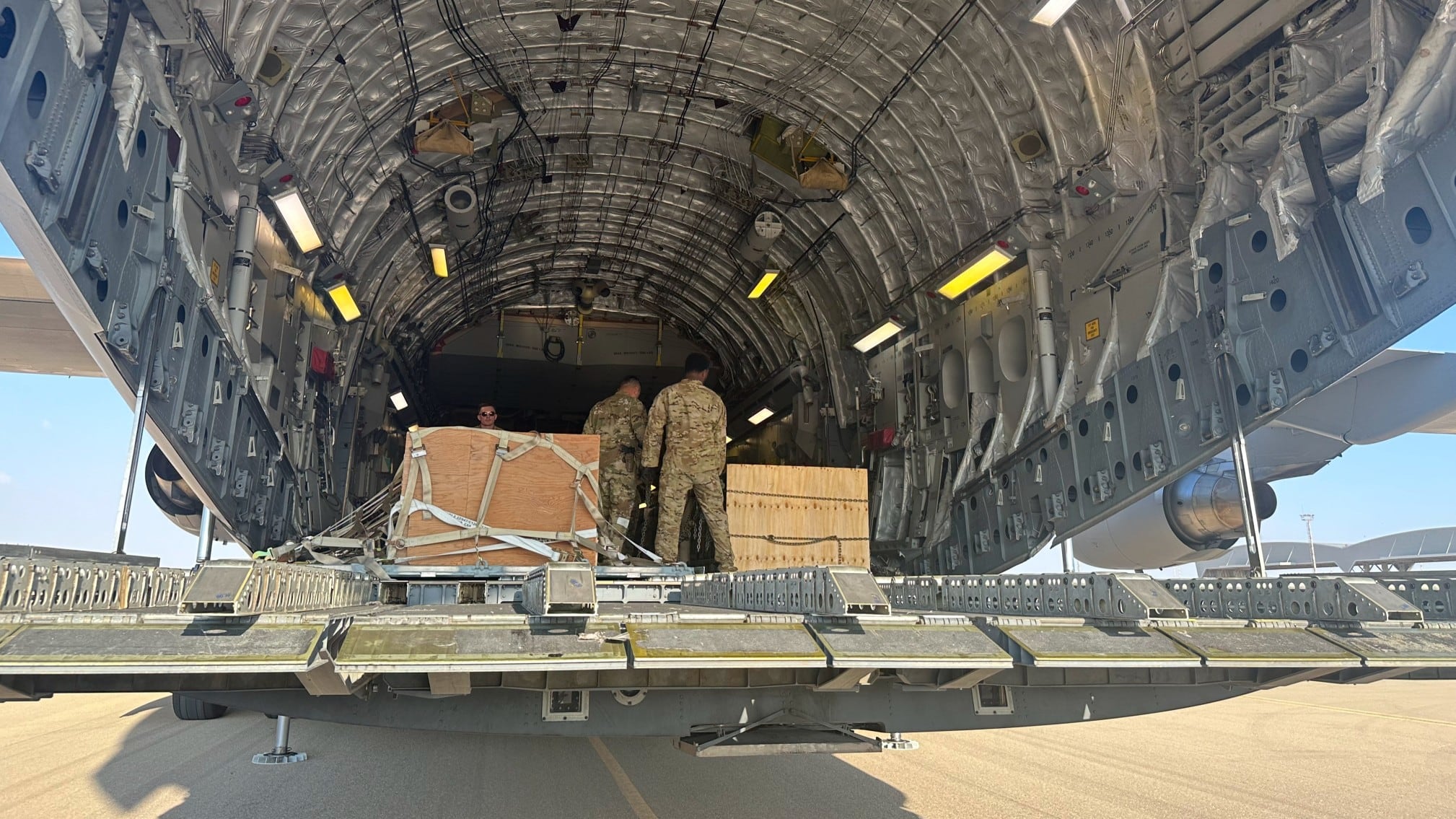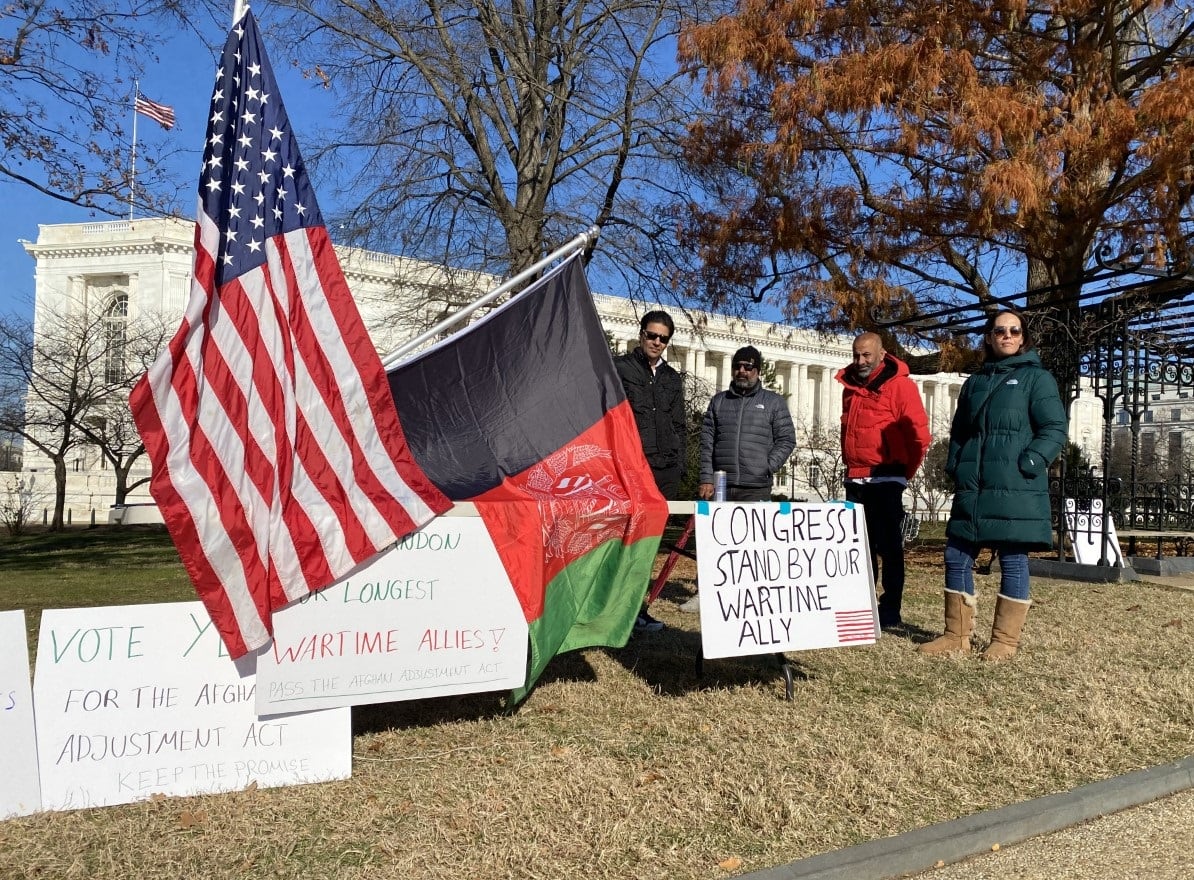This past year saw the completion of the second phase of a three-part experimentation aimed to modernize the Marine Corps.
The first phase resulted in upgrades to individual Marine gear, weapons and squad capabilities and the very size of the squad itself.
The second phase looked at logistics and considered ways to get fuel and supplies to Marines on remote, isolated outposts in hostile terrain and contested environments.
This coming year’s experimentation will focus on the unseen but vital information operations that can determine the outcome over any engagement before bullets even fly.
RELATED
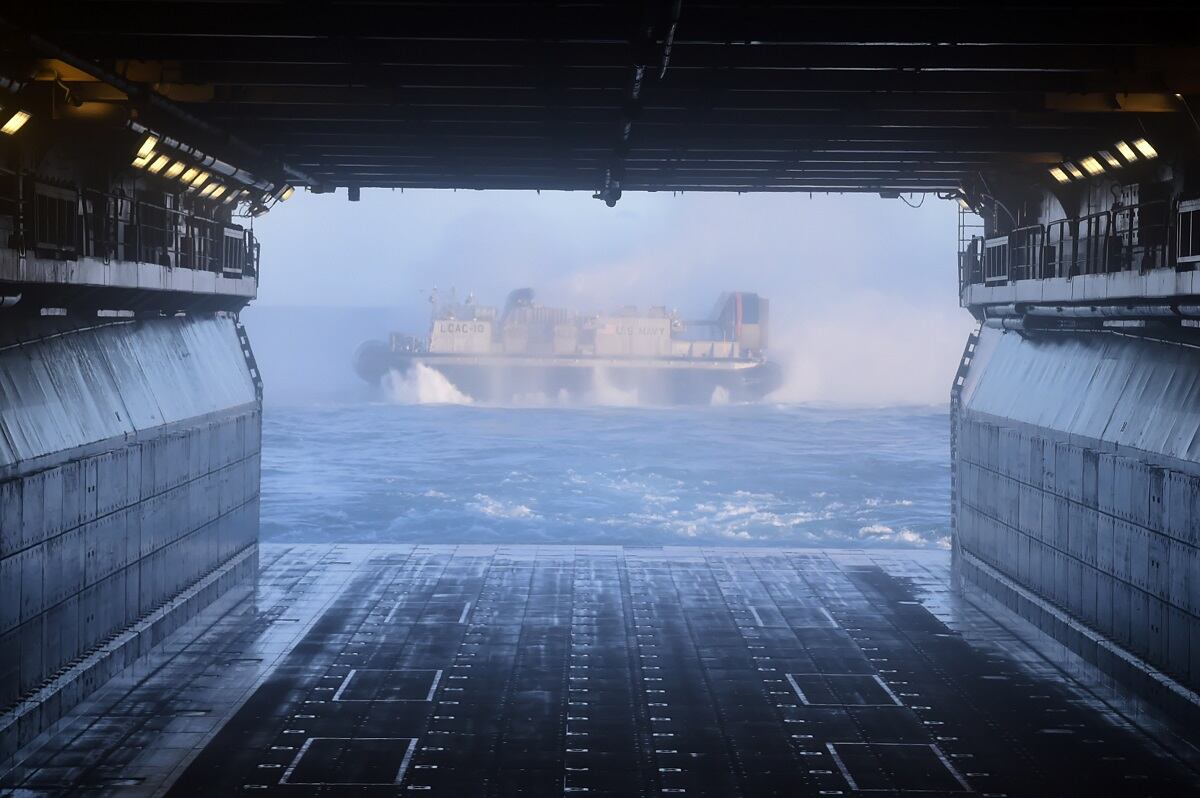
Sometime early in 2019, Commandant Gen. Robert B. Neller will receive recommendations on advanced ways in which Marines will be supplied before and during the fight and ways in which the logisticians and maintainers can sustain the fight in advanced, trying conditions.
Much of the past year’s experimentation looked at manned-unmanned teaming on the water’s surface, undersea, in the air and over the ground. Using robots to get items where they need to be and reduce the risk to human fighters is paramount to leadership.
Neller could make sweeping changes or moderate course corrections for the paths of those Marines before his tenure concludes next summer, as he did with the infantry squad this past May.
The final phase of information operations experiments though will outlast the commandant and likely be in the lap of his heir when those events conclude at then end of 2019.
Brig. Gen. Christian F. Wortman, head of the Marine Corps Warfighting Laboratory, told reporters that this coming year’s focus in the information environment will evaluate the following:
- The ability to deploy and use sensors from a distributed posture
- Employing fires based on sensor-fed information
- Supporting command and control in a contested environment
- Challenging the enemy’s ability to target or track U.S. and allied forces
Those aims will likely lean heavily on the growing cyber force, the electromagnetic warfighters, signals intelligence and communications communities.
And where that lands in the scope of Marine Air Ground Task Force warfighting will fall squarely within the newly-created Marine Expeditionary Force Information Group, or MIGs.
The MIGs were launched in 2017 as the Corps prioritized information as a warfighting function, creating a deputy commandant position and pouring future resources into manpower and equipment aimed at getting after dominance in cyber, EW and intelligence functions.
Wortman said that upcoming experimentation is “laser-focused” on fully enabling the MIG and its functions for MIG and MEF commanders.
“They are the main effort for the work to execute over the next year,” he said.
Todd South has written about crime, courts, government and the military for multiple publications since 2004 and was named a 2014 Pulitzer finalist for a co-written project on witness intimidation. Todd is a Marine veteran of the Iraq War.
